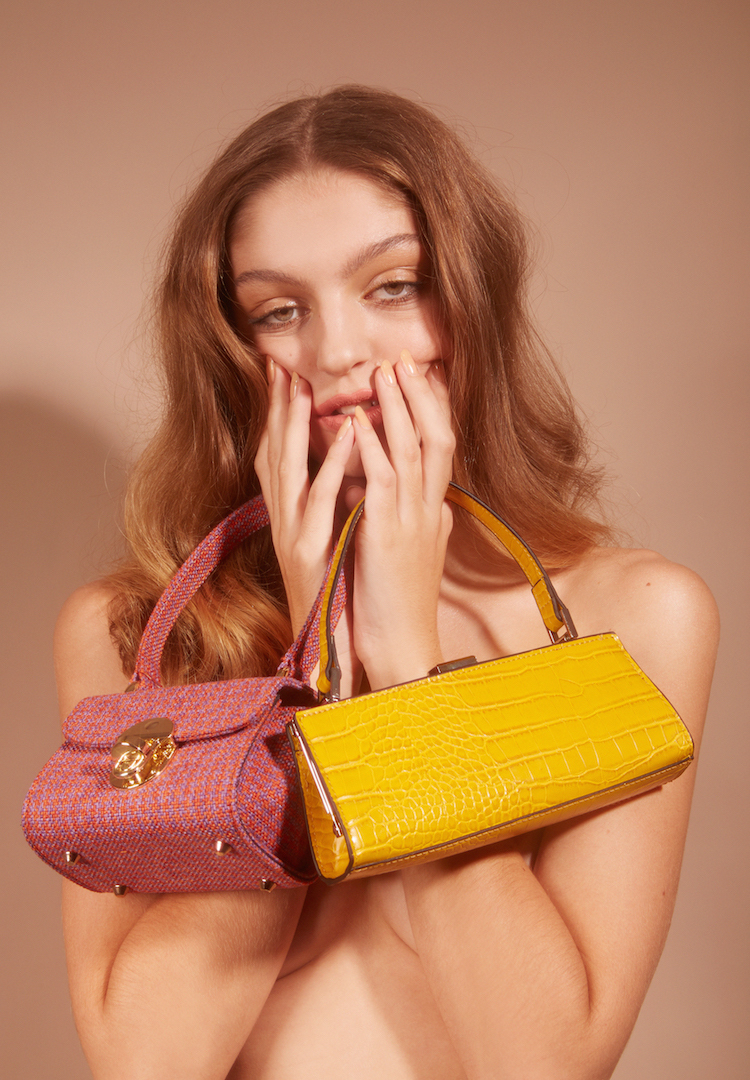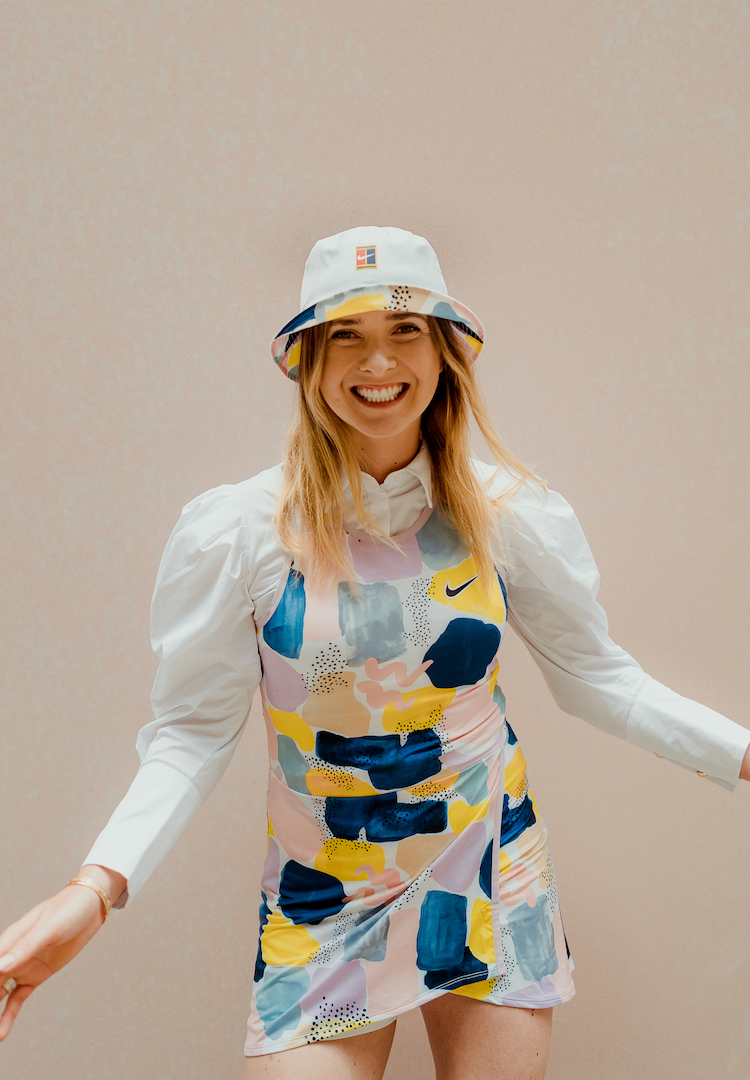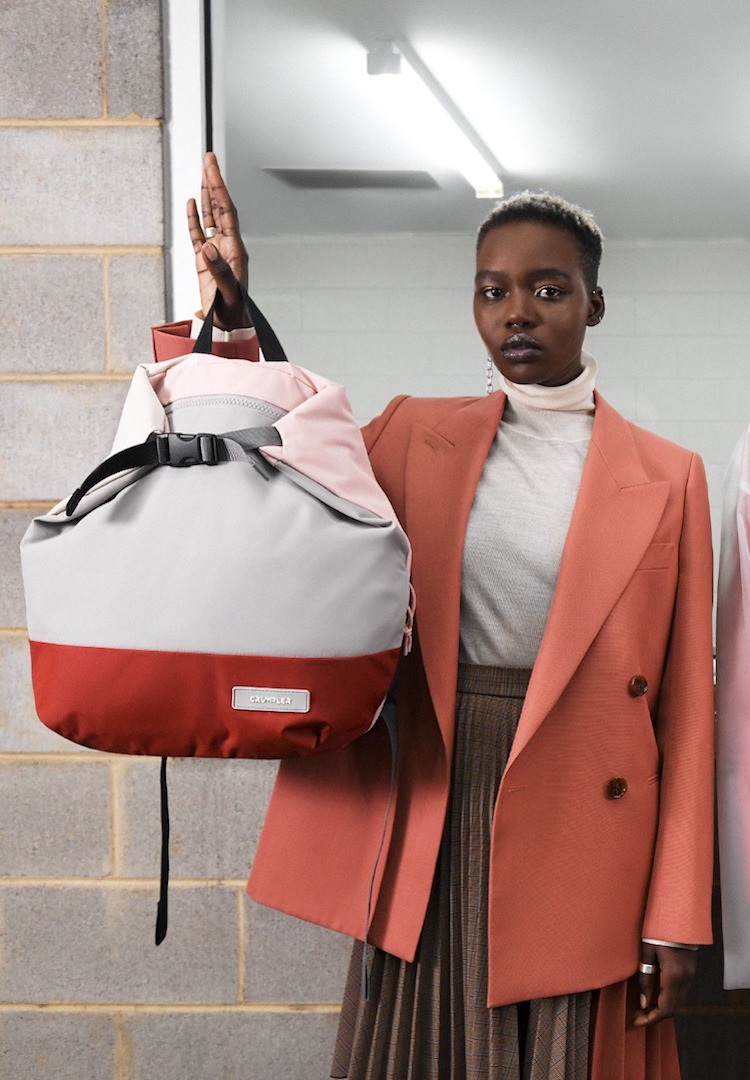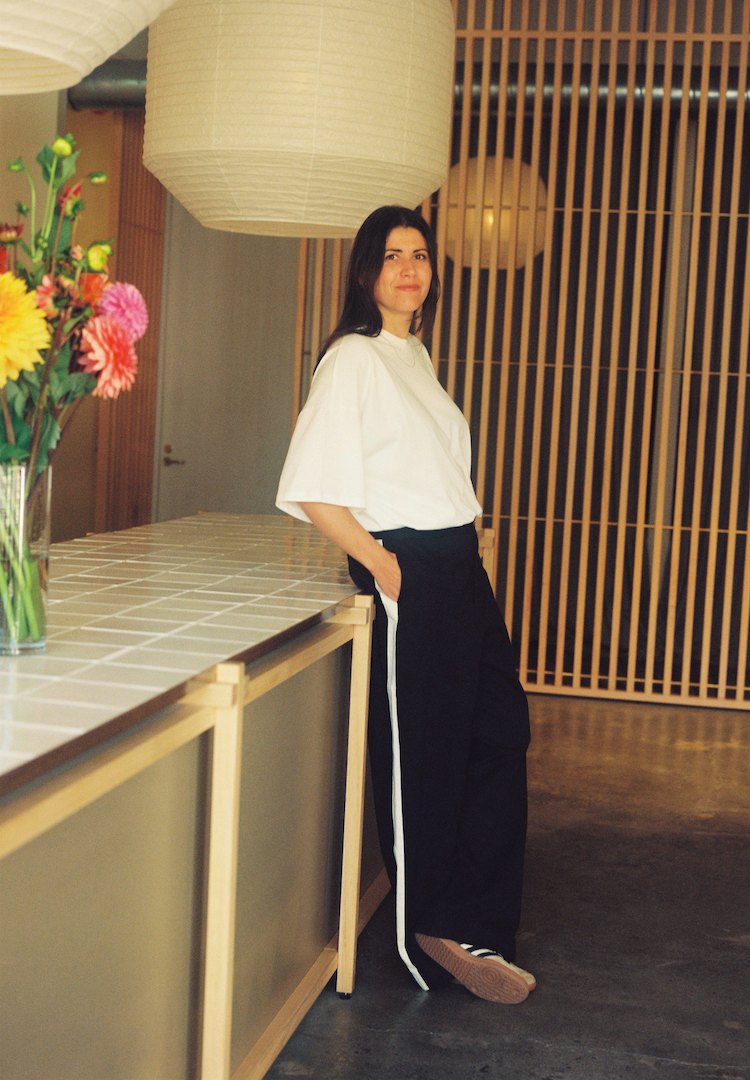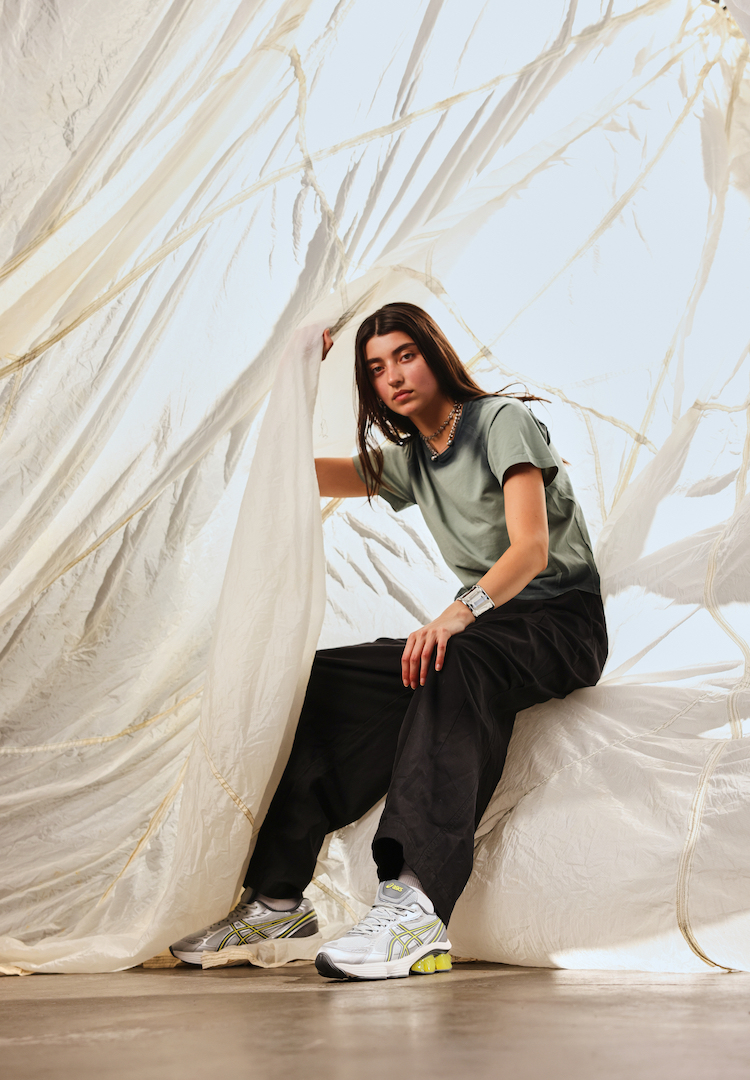How can we make design more sustainable? Nike’s Sustainable Design Lead weighs in
Image via Nike
Words by Sally Edwards
Can it be as simple as just do it?
To many of us, sustainable fashion isn’t a new concept. But, when it comes down to the execution – beyond greenwashing and virtue signalling – how can designers put their money where their mouth is and create for a circular future?
Back in February, Nike secured itself front and centre on this topic when it announced its plans to go greener in 2020. The brand quoted the urgency of climate change and the need to meet it with innovative, re-imagined design solutions. And with that, the brand unveiled Space Hippie.
The circular design collection features four footwear silhouettes constructed with Nike’s own ‘space junk’, scraps from its factory floors, and designed for a better planet (the models are made from 25 per cent to 50 per cent recycled materials by weight, utilising the brand’s Space Waste Yarn, recycled Nike ZoomX foam and Crater Foam)
The result? Footwear with the lowest carbon footprint scores in the brand’s history. So what are these materials exactly? Nike’s Sustainable Design Lead and Space Hippie’s lead designer, Noah Murphy-Reinhertz explains:
“Space Hippie Flyknit yarns are 100 per cent recycled materials with no dye processes, so the colour and aesthetic come directly from the source. The Crater Foam uses 12 per cent Nike Grind rubber and is combined with 100 per cent recycled ZoomX foam scraps for a more sustainable, lightweight and responsive feel.
“It looks like trash confetti mixed with blue putty – it’s wild and it pulls you in, makes you question what these shoes are made of and how they came to be.”
The collection embodies the idea that designers have a responsibility to participate in problem-solving.
“The opportunity at Nike was to fundamentally rethink how we make product. Ultimately, we want to get to a place where every sneaker, every t-shirt we produce makes the planet a better place,” Noah tells us. “My role is to bring together materials, technologies, even experiences that can create more joy with less impact.”
Since its inception as Blue Ribbon Sports in 1964, Nike has always been about the athlete – “from design to science and analytics, Nike is a place where every discipline is devoted to innovation in service of the athlete” – and embracing purpose and modernisation.
The Space Hippie collection doesn’t veer from this sentiment. Each Space Hippie silhouette, with unique fit options (from traditional laces to lace-less and FlyEase), was created for the fast-paced lifestyle of ‘city athletes’. However, it’s Noah’s approach that is a first for the brand.
With Space Hippie, he marries sustainable practice with radical design, transforms planet-harming waste into a wearable aesthetic, and in turn, has created a barometer of Nike’s – and the design industry’s – progress.
“When Nike leads on sustainability, we create value for our business, raise the bar for our industry and deliver on our potential for positive impact in the world,” Noah tells us.
The notion of sustainability is often clouded or misused, and it can be difficult for brands to put it into action. At its core, and put most simply, sustainable design is the embodiment of its objectives: the reduced use of non-renewable resources, the minimisation of waste, and the promotion of healthy and productive environments.
For Noah and the Space Hippie collection, material supply chains are at the top of the agenda. “One of the great opportunities we have in sneakers and apparel is that the vast majority of our carbon footprint comes from materials.
“And those material supply chains, while long, are nowhere near as complex as the ones for consumer electronics. So, we can focus our attention and efforts on transforming how we get our materials and have a huge impact in the industry,” he explains.
According to McKinsey, the typical consumer company’s supply chain creates far greater social and environmental costs than its own operations, accounting for more than 80 per cent of greenhouse-gas emissions and more than 90 per cent of the impact on natural resources. By focusing on supply chains, companies like Nike can significantly reduce this harm.
Circularity – where a human construct is designed to support the conversion of raw materials for human consumption – is also a key part of Noah’s vision and of Nike’s Move to Zero journey.
“We envision a world where products are made with the intention of being reused and loved again or remade and discovered as something new. We have taken materials that were completely discarded, old t-shirts bound for landfill, and transformed them into high-performance yarn.
“We took scraps of rubber and foam from Nike’s own products and transformed them into incredible midsoles. And this is waste that is abundant, anyone can work with these same kinds of materials.”
But sustainable design, like any innovative act, is not without its challenges, however many of these are often unseen by consumers and approaching designers. “I think what is often overlooked is that recycling in and of itself is a process that uses energy, so how you recycle is just as important an innovation,” Noah explains.
“For our yarns, we used a very old process, spinning staple fibres without heat and melting. Often in sustainable design, people are looking for ‘new’ solutions and think that we need material innovation or invention to solve the problem of carbon emissions. In fact, many of the tools we need to reduce CO2e are available already.”
Two years ago, Noah and Nike together embarked upon Space Hippie under the guise of the brand’s original and enduring inspiration – sport. Because without space to play or clean air to breathe, what is its future?
It was the utilisation of human ingenuity that transformed waste into footwear and ignited the possibility of a zero-carbon future. But the journey left an impact even deeper than that for Noah.
“The most important thing that came out of Space Hippie was the sense of inspiration and fun in the face of daunting challenges. It’s the athlete mindset that adversity should bring out the best in us. Not being a truly competitive athlete myself, it took something like this project to drive home that idea.
“But now, I think it’s second nature to look for the most impossible goal and say, yeah, that’s exactly what we should try next.” So what is next for Nike in the sustainable realm?
“I think our Chief Designer, John Hoke, really described Space Hippie beautifully when he said that this collection is opening up the aperture for the kinds of materials and aesthetics that are possible across all of Nike.
“He also called it an ‘artefact from the future’ and that is exactly what we are hoping for – that Space Hippie allows people to see and participate in the creation of a positive future. We’ll keep pushing beyond these first steps on the Move to Zero and creating innovations that bring that future closer every day.”

